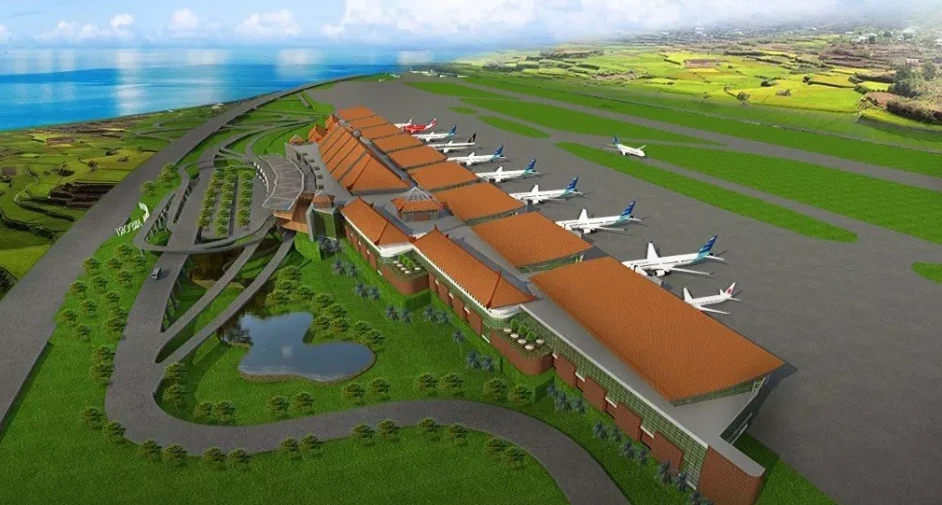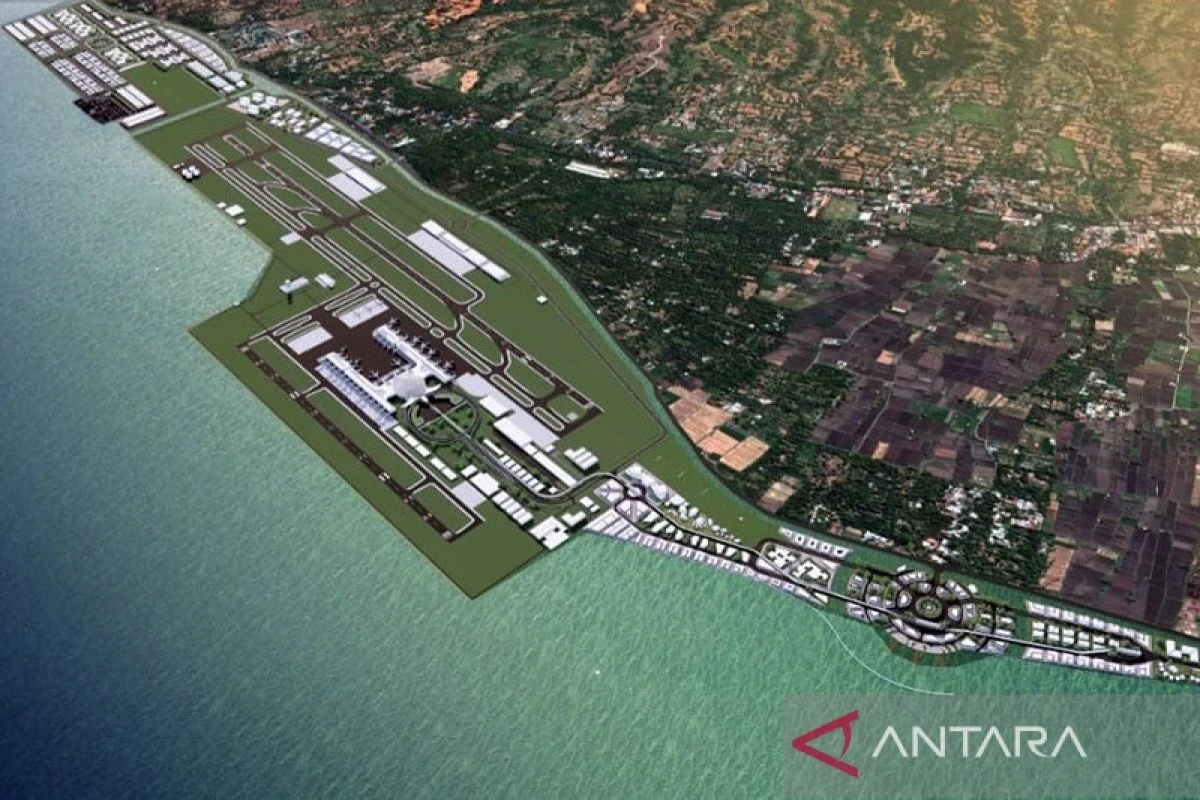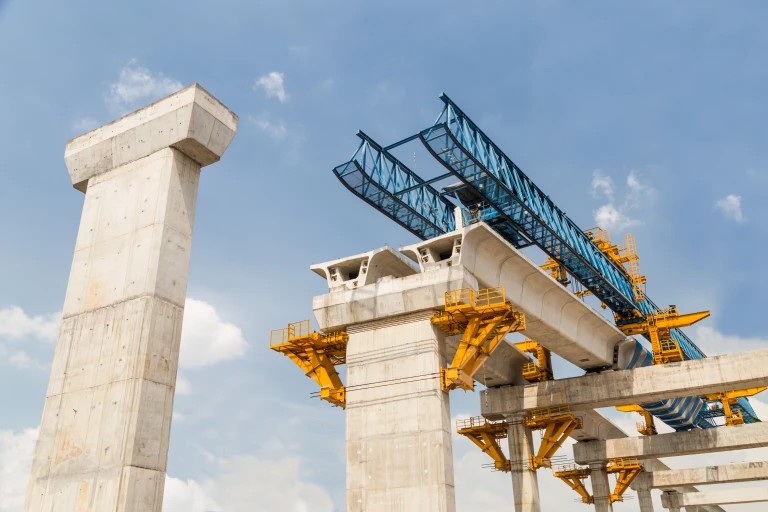The idea of creating an airport in northern Bali has been discussed for many years, first proposed by Governor Made Mangku Pastika in 2016. The government conducted a study to determine whether the future northern Bali airport would be viable, environmentally friendly, and cost-effective.

The project was then reviewed by Bali Governor Koster for the 2018-2023 term, reaching the stage of assessing suitable locations before being temporarily shelved. The discussion on the construction resumed actively after Prabowo won the 2024 presidential election. He visited Buleleng during his campaign and promised to support the project.
Finally, the construction of the airport has been approved, the ideal location has been found, and all plans for creating the northern Bali airport are back in motion. The authorities' plans include:
- Relieving the main airport in southern Bali, which is already operating at full capacity and handling over 7 million international arrivals per year.
- Evenly distributing tourists across the entire island of Bali.
- Increasing the passenger traffic at the new airport to 50 million people.
The northern Bali airport is planned to be built on the coast near Kubutambahan, 40 minutes from Lovina and 90 minutes from Amed. The construction site covers an area of about 600 hectares and is located 8 meters above sea level. The airport will feature two runways, a parallel taxiway, a modern passenger terminal building, a civil aviation terminal, a cargo terminal, and an air traffic control tower.
This location is ideal for the construction of an airport because coastal lands are safer for aircraft movement. The location minimizes the consequences of displacing residents and does not interfere with the existence of temples, holy sites, and Balinese land.
The territory of the northern Bali airport will include much more than just an airport. It is planned to build an entire aerotropolis, consisting of two parts.
The first aerotropolis will be located on the west side of the airport, covering an area of 100 hectares. It is intended for activities related to public services. The infrastructure will include hotels and resorts, conference centers, exhibition halls, educational institutions, world-class hospitals, and other facilities for human comfort.
The northern Bali airport is planned to be built on the coast near Kubutambahan, 40 minutes from Lovina and 90 minutes from Amed. The construction site covers an area of about 600 hectares and is located 8 meters above sea level. The airport will feature two runways, a parallel taxiway, a modern passenger terminal building, a civil aviation terminal, a cargo terminal, and an air traffic control tower.

The location is ideal for the construction of an airport because coastal lands are safer for aircraft movement. The location minimizes the consequences of displacing residents and does not interfere with the existence of temples, holy sites, and Balinese land.
The territory of the northern Bali airport will include much more than just an airport. It is planned to build an entire aerotropolis, consisting of two parts.
The first aerotropolis will be located on the west side of the airport, covering an area of 100 hectares. It is intended for activities related to public services. The infrastructure will include hotels and resorts, conference centers, exhibition halls, educational institutions, world-class hospitals, and other facilities for human comfort.
A shopping center will also be built on the complex's premises. The company BIBU Panji Sakti, leading the project, proposed naming the shopping center Bali Paradise Mall.
The second aerotropolis will be erected on the east side of the airport, covering an area of 200 hectares. It will be dedicated to operations, logistics, and goods. The new infrastructure includes warehouses, "just-in-time" services, and other facilities for the repair and transportation of goods using modern means.
Developers pledge to ensure the use of as many environmentally friendly technologies (Green Technology) as possible for electricity production at the northern Bali airport. A power station will be built to meet the electricity needs of the airport and the aerotropolis.
The government also plans to create tourist routes to remote areas of Bali. This will help distribute tourists to all corners of the island. Infrastructure upgrades can attract tourists' attention to attractions across Bali.
The Tourism Faculty of Udayana University in Bali is questioning how many tourists the island with a population of 4.5 million people can accommodate. In the areas of Canggu, Kuta, and all of southern Bali, there are far more tourists than in the rest of the island. Because of this, a problem has arisen – massive traffic jams on the roads.
Before the New Year celebrations, the traffic jam on the toll road linking the airport to the Nusa Dua resort was so severe that people had to walk about four kilometers with their suitcases.

Tourism is becoming increasingly entrenched in Bali, and changing this is practically impossible. And there are, of course, benefits from tourism for Indonesia.
Funds and proceeds from tourism have long been used to maintain temples and conduct traditional ceremonies.
During the pandemic, there was some lull – hotel occupancy was only 20%, but today it has reached about 70%. Thanks to such attendance, excellent economic growth has been observed. Employees who were laid off during the pandemic have found jobs again, significantly boosting Bali's economy.
Moreover, the G20 summit also significantly increased the volume of currency transactions in Bali, reaching 40%.
In short, regarding overtourism, this opinion was rejected, and the situation on the island was defined as uneven distribution of tourists across Bali's regions.
The island has only one airport – the Gusti Ngurah Rai International Airport. Almost all amenities and accommodations are concentrated in the south, so most visitors to the country usually stay there.
But in reality, the infrastructure in southern Bali does not meet the requirements for accommodating a large number of people. This leads to traffic jams, overcrowding, and other issues. In other areas of Bali, hotel occupancy remains low even during the peak season. The construction of an airport in northern Bali could resolve this situation.
Indonesia's Minister of Tourism and Creative Economy, Sandiaga Uno, also recommended using airports in East Java. Authorities want East Java and West Bali to be managed as unified tourist zones. The Banyuwangi Airport in East Java will be considered an alternative to the Bali airport.
Visitors to the country can arrive at Banyuwangi Airport, connected by sea or land routes to Bali. Ferries from Banyuwangi to the Gilimanuk harbor operate throughout the day and night. The average breakdown of transportation routes is currently 10% air, 10% sea, and 80% land trips.



You can add one right now!